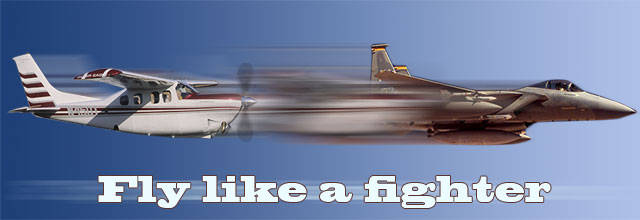
While stationed in Germany flying the F-15, we did not do a lot of low-altitude training at our limit of 500 feet agl, partly because it wasn’t our primary mission to be down that low but also because of airspace limitations. We were able to do better low-altitude training when we deployed to other countries. For one of these training deployments, more than half of our entire fighter wing went to Turkey. This was the first time any of our pilots had ever been there, so we didn’t have any corporate knowledge to draw from.
We spent the first day flying in the mid- and high-altitude training areas and looked forward to the next two days which would have us flying our low-altitude recurrency flights in the mountains not too far from base. All missions were briefed and flown as two-ships and we flew in our normal line abreast formation at 400 knots until we reached the mountains. At that point, because of the tight valleys and hilly terrain, the wingmen collapsed to more of a follow-the-leader formation in offset trail.

Anytime you can fly at an airspeed of 400 knots in an airplane it is a rush. When you do it at 500 feet agl, the thrill is even greater. And when that 500 feet agl includes mountain walls and peaks surrounding your jet, it turns into an event of a lifetime. My wingman and I practiced terrain masking, ridge crossings, and tactical turns. During the gradual climbs through the valleys, I often needed to run the throttles to military power to keep the airspeed from bleeding off, but otherwise the jet flew as expected for low-altitude flight. The jet also turned just fine, but it always seemed to lose airspeed a little more than I remembered in the turns. A little tap of afterburner was all I needed to get the airspeed back to 400 knots. Some ridge crossings involved climbing 2,000 feet vertically from near the valley floor to clear the ridgeline by 500 feet agl. Those needed at least mid-range afterburner to hold 400 knots.
After about half an hour of this awesome flying, it finally dawned on me why the jet needed all the extra power that day to maintain airspeed. Our training at 500 feet agl was being done at 11,000 feet msl. The good news for all of us that day was that we were in F-15s with plenty of extra power so we could do that kind of flying at such a high mean sea level altitude for our low-altitude training. We all learned quite a bit that day.
In our Cessnas, Mooneys, and Pipers, I wouldn’t think anyone would be that casual as to plan a flight at 11,000 feet msl over the mountains and not consider the effects of high altitude on our piston engines. In addition, all experienced mountain pilots know how to account for downdrafts and updrafts, turning radius, and weather patterns. While many general aviation pilots avoid the mountains, with the right equipment, training, and preflight planning, it can be quite a rewarding experience to fly in the mountains—even at 80 knots.
Larry Brown of Colorado Springs, Colo., is a retired Air Force F-15 pilot who is using the lessons he learned as a fighter pilot as a GA pilot in his Cessna P210. Brown, who has 2,600 hours total time during his 32 years of flying, also was an instructor pilot and flight examiner in the Air Force T-38 and instructor pilot in the T-52, the military’s version of GA’s Diamond DA40. See previous installments of “Fly like a fighter.”



